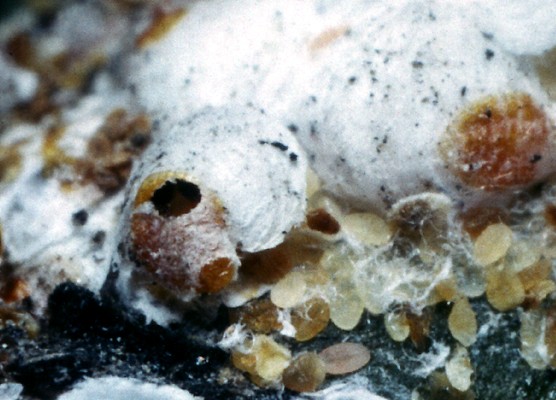Sweet cherry is traditionally cultivated in temperate climates, and its fruit is highly valued on the market for its vibrant color. The introduction of this species into subtropical areas, such as southeast China, has only been possible thanks to low-chilling cultivars (<500 hours).
However, the specific climatic conditions of these regions, characterized by mild winters and rapid spring warming, can strongly influence fruit quality and color. A recent study evaluated four low-chilling cultivars grafted onto “Gisela 6”: “Jiangnanhong”, “5-106”, and “Changfeng 1” (red fruits) and “Chaoyang 1” (yellow fruits).
Fruits were harvested from commercial orchards in Yuyao County, China. Analyses were carried out at four maturity stages, assessing physical parameters (weight, diameter, shape), color (L*, a*, b*), nutritional quality (vitamin C, soluble sugars, organic acids, proteins), endogenous hormones (gibberellins, brassinolide), and anthocyanin content, with in-depth investigation of gene expression related to the biosynthesis of these compounds.
Fruit color and pigment composition
The results highlighted marked differences between red and yellow cultivars. “Jiangnanhong” showed greater fruit weight and diameter, the lowest L* values (darker color), and the highest concentration of cyanidin-3-O-rutinoside (C3R), the main anthocyanin identified in all cultivars.
By contrast, “Chaoyang 1” exhibited higher L* and b* values (bright yellow color), higher vitamin C content, and minimal levels of C3R and cyanidin-3-O-glucoside (C3G).
Analyses confirmed that C3R is the predominant pigment during ripening, while pelargonidin-3-glucoside was detected only in trace amounts in some red cultivars.
Nutritional development and hormone analysis
Nutritional quality showed a continuous improvement during the ripening process, especially in terms of total soluble solids and main sugars (glucose, fructose, mannitol), in nearly all cultivars, though with differences in accumulation trends.
Malic acid was the main organic acid, followed by citric and quinic acids, with variable patterns among cultivars. Protein content was highest in “Jiangnanhong” and lowest in “5-106.”
Gibberellins decreased during ripening, corresponding to an increase in anthocyanins, while brassinolide showed generally low values, with the lowest levels recorded in “Jiangnanhong”.
Gene expression and anthocyanin synthesis
Gene expression analysis highlighted the role of key structural genes that were strongly upregulated in red cultivars. Furthermore, three candidate genes (LOC110744862 (MYB), LOC110749842 (bHLH), and LOC110753376 (bHLH)) were identified as being closely correlated with C3R and C3G accumulation, suggesting a direct involvement in the transcriptional regulation of anthocyanin biosynthesis.
Conclusions and breeding potential
In conclusion, the low-chilling cultivars examined showed quality parameters comparable to those of traditional varieties cultivated in temperate areas. The chromatic differentiation between red and yellow cultivars is not due to different types of anthocyanins, but rather to their quantity and to the level of expression of regulatory genes involved in their synthesis.
Moreover, C3R emerged as a primary marker of the fruit’s aesthetic and nutritional quality, and the identified genes represent potential targets for breeding programs aimed at improving color and quality under subtropical climatic conditions.
Source: Xu, Y., Jing, Y., Guo, Y., & Zhang, W. (2025). Quality Characteristics and Color Formatio Mechanism of Low Chilling Requirement Sweet Cherry (Prunus avium L.) Cultivars in Southeast China. Horticulturae, 11(3), 269. https://doi.org/10.3390/horticulturae11030269
Image source: China Daily
Andrea Giovannini
University of Bologna (ITA)
Cherry Times - All rights reserved












